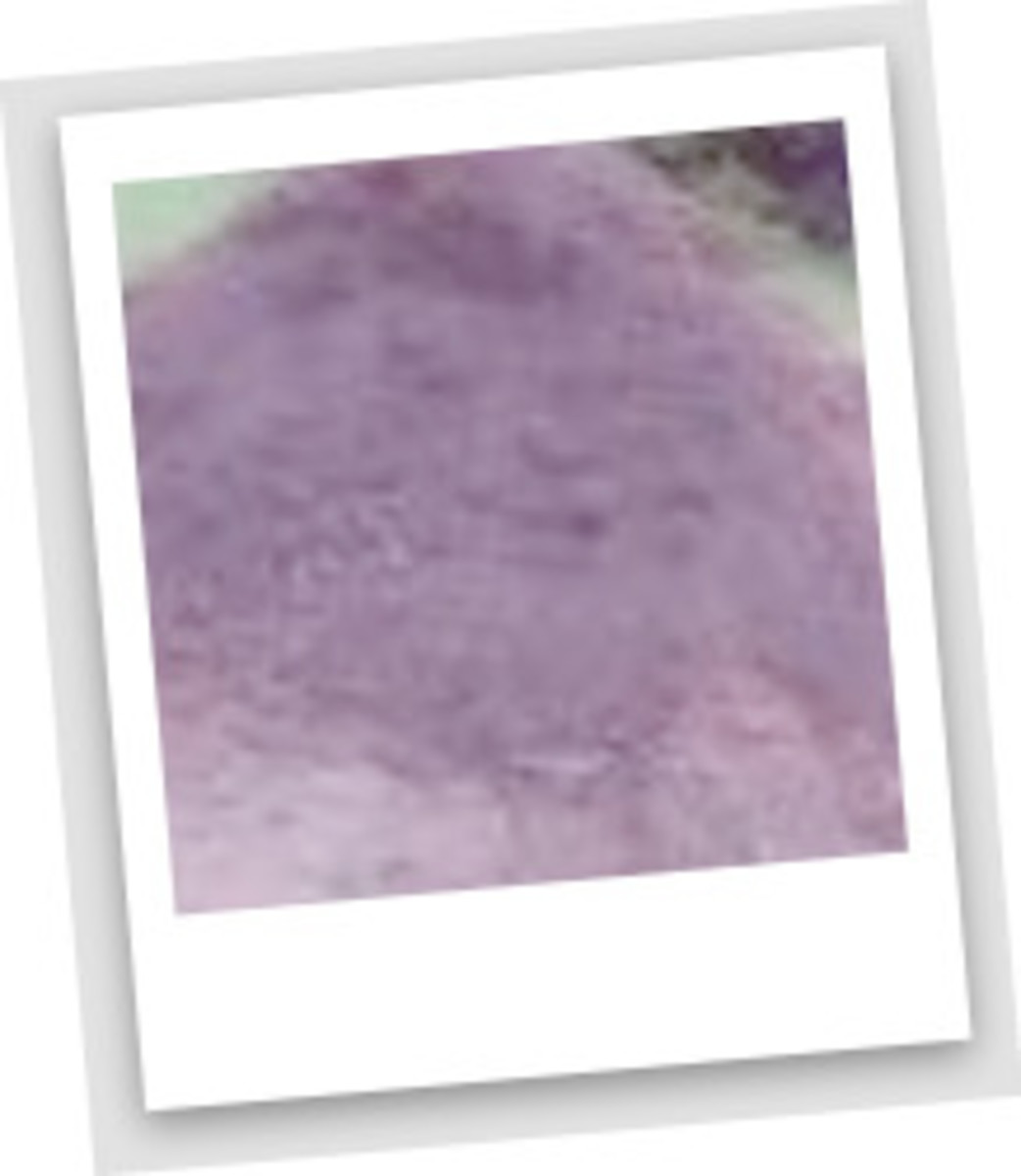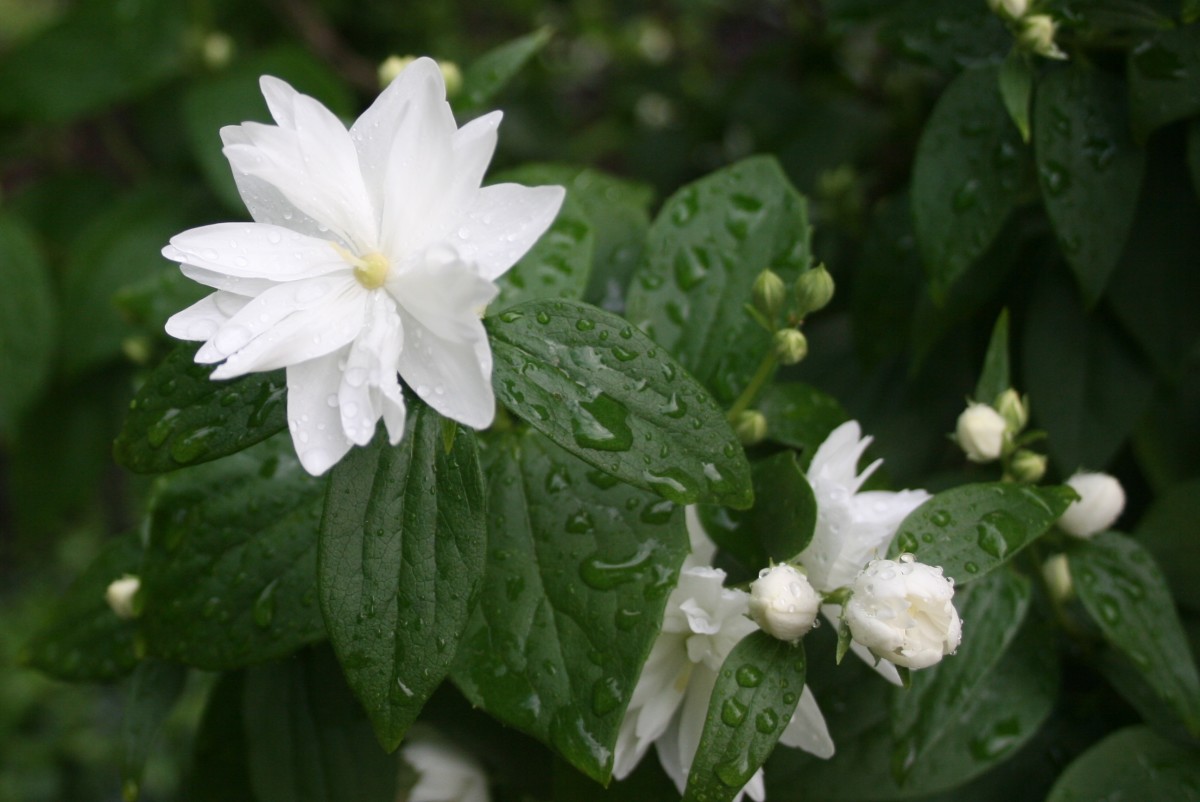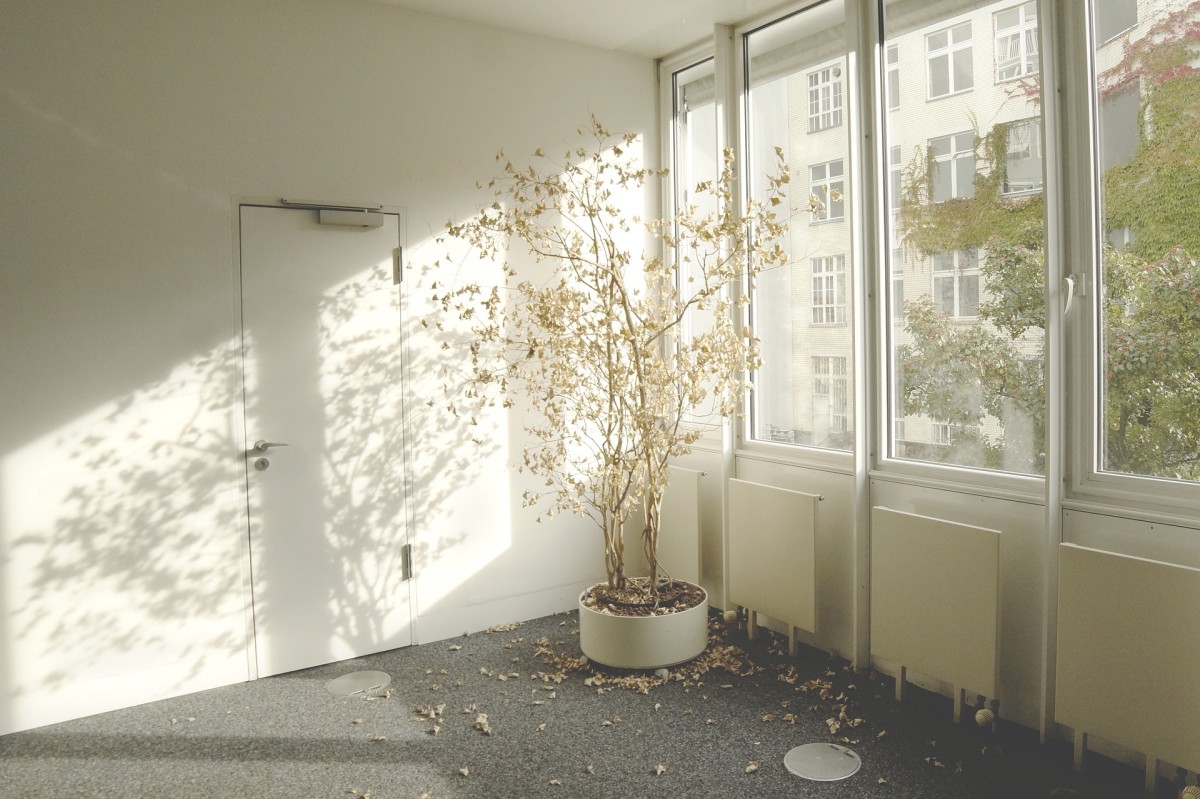Paper or Plastic? Choosing the Best Mulch
Dressed with a mulch to neaten the picture
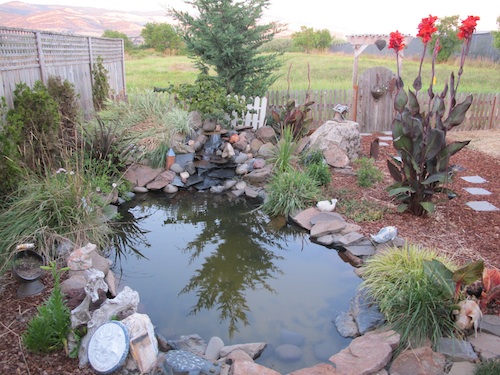
Mulch reduces weeds
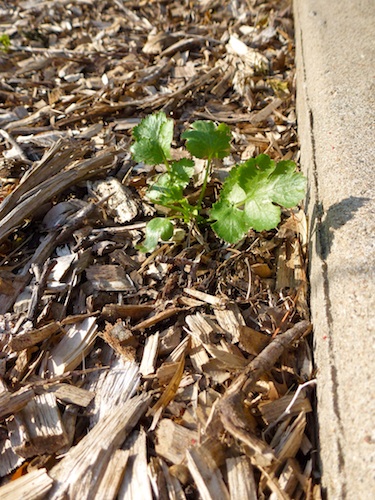
Choosing Organic and Nonorganic Mulches
Organic mulches are temporary. They decompose and need to be replaced every year. At the end of the season, it can easily be incorporated into the soil, adding organic matter to your garden. Look for free sources of organic mulch.
Organic mulches include straw, peat, newspaper, shredded paper, bark, compost, coconut coir.
Cardboard and newspaper is an excellent weed barrier and works best as a base layer topped with a heavier layer of mulch that will keep newspaper from blowing away. It's easy to punch holes in the newspaper to plant through you water saving, weed suppressing newsprint. This is a favorite mulch of mine because it is cheap, easy and, does the job all summer then, is incorporated into the soil.
Coco Fibers or Coir* is an excellent replacement for peat. For all the reasons you love peat, you will like coir even better. Plus, coir is sustainable, does not require chemical additives and is not acidic.
Sphagnum peat moss or peat moss damages the ecosystem and is increasingly being replaced in containers, house plants, greenhouses and commercial growers.
Peat bogs are slow to recover, taking take up to 2,000 years to grow back. Peat requires a chemical additive to absorb water and is also acidic. It has a pH value of about 4 and can acidify soil, scorch roots, and wilt leaves. Garden Tip: For example, roses do not need the addition of acid soil. Do not use peat as mulch on roses.
Straw mulch is lightweight and is not as neat in appearance as other mulches. The pH is neutral and it makes a good winter garden cover. Some gardeners will wait to use hay for a season or water it to encourage sprouting of any weeds in the bail. Choose straw because it has good moisture retention and weed controlling properties.
Find newspaper and wood chips for free.
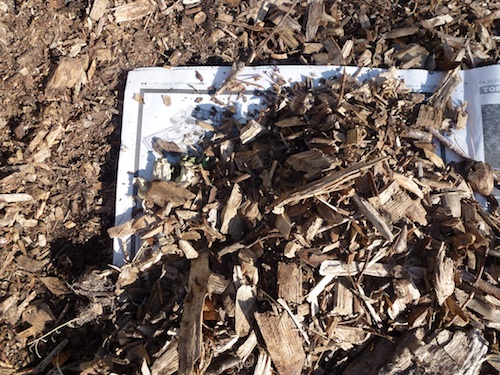
Tree based mulches
Wood chips and Bark. Wood Mulch is a by-product of reprocessing used, untreated timber. Wood chips are most often used under trees and shrubs. (This is what happens to those stacks and stacks of pallets behind the big box stores.)
Bark chips are produced from the outer cork-like bark layer of timber trees. Sizes vary from big chunky chips that are very slow to decompose. The finer types are very attractive but have a large exposed surface area that leads to quicker decay. Ask a local tree trimmer for the wood chips, a truckload is either free or cheap.
Leaves and Grass Clippings. Leaves make the best mulch when they are shredded or dried. If you do not have a chipper or shredder, but do have a lot of trees, consider buying a shredder. You will never have to buy bagged mulch again.
As you use decomposing leaves for mulch, the leaves cling to each other. That leaf mulch allows water or rain to filter down to the garden soil. You don't need to worry about your mulch blowing away. Dry leaves can also be used as winter mulches to protect plants from freezing and thawing in areas with cold winters.
Grass clippings can clump down into a dense layer, creating a layer of trapped heat. This can create an unhealthy anaerobic situation starving the soil of air. Make sure grass clippings are well dried before using them as mulch.
Grass clippings removed from the lawn can create a nitrogen deficiency for the lawn. Only when grass clippings are so heavy that they are smothering the lawn should they be removed. Combining leaves and grass makes an even better mulch.
Not just for looks, mulch is for practical uses
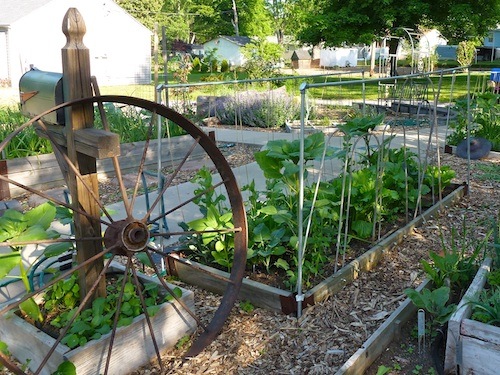
Red mulch boosts production
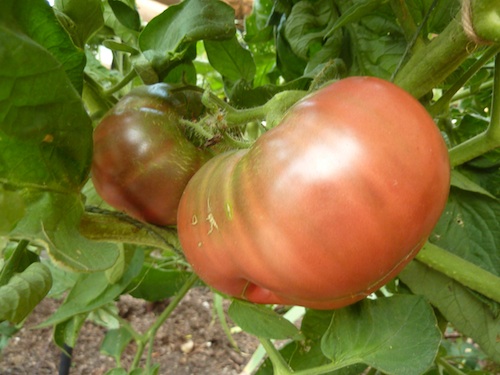
Mulch combinations
The best choice for my garden will be with a combination of newspaper topped by a more attractive mulch choice. Start with over lapping layers of newspapers, water the newspaper to hold it down until you can cover it. Do not pile mulch against plants or trees. It is important to leave a small unmulched zone around plant or tree to prevent stem rot or diseases.
In my gardens, the layered newspaper is topped with shredded leaves in the flower beds or vegetable garden. For trees and shrubs, layers of newspaper then, wood chips or bark is used. The newspaper is excellent for blocking leaves but is unattractive. Weeds will find their way to sunlight with just two or three inches of of leaves, grass or wood chips.
Use mulch to preserve soil moisture, control erosion, limit soil temperature variations and to squelch weeds. It completes a landscape and finishes or neatens a garden view.
More Mulch Questions
- * Why is Coco Fiber better than Peat Moss?
Coco Fibers resist compacting and retain water year after year. It also is organic and promotes sustainable harvesting on palm plantations. Coconut Fiber is a proven growing medium.
Coir a natural alternative to mined peat moss and outperforms most of the popular brands of peat and sphagnum peat. Coco Pith is a natural by-product of coconut plantations.
Find Coir at big box stores and garden centers. I've bought coconut fiber from: Amazon.com and Gardener's Supply
- Can I use plastic for mulch?
Black plastic mulch keeps weeds down and conserves water. It is especially helpful for warming the soil and planting tomatoes a couple of weeks early. If removed for the winter it can be used again.
- What about red mulch? University research shows that the red color stimulates stem strength and fruit production in tomatoes by simulating the conditions of overcrowding.
Plants get stockier, thus are able to support the additional bounty produced when using red plastic sheet mulch.
USDA tests show that plants using Red Plastic Mulch produced more tomatoes. Tomatoes weighed an average of 46 percent more than when using other types of mulches.
Red plastic mulch is easily available from most garden centers. I found it at: Park Seed, Johnny's Selected Seed and Gurney's



